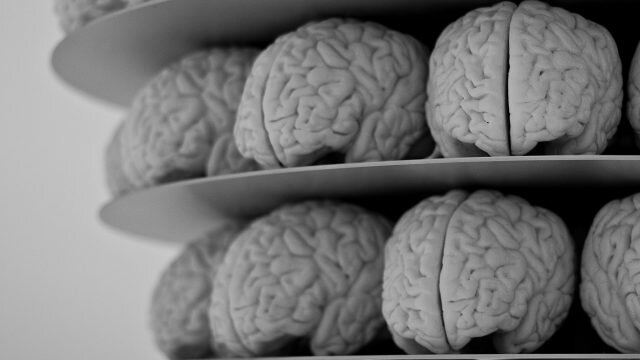Last updated October 25, 2018 at 3:02 pm
A technique to open and close the blood-brain barrier raises hope for Alzheimer’s treatments.

Scientists have used ultrasound like a key to open the protective shield that surrounds the brain in five Alzheimer’s patients.
The blood-brain barrier prevents toxins, bacteria, particles and large molecules from passing from the bloodstream into the cerebrospinal fluid and brain. While a protective mechanism, it also can block drugs and other therapies from entering the brain, posing a challenge for the treatment of Alzheimer’s, brain tumours and other neurological diseases.
The scientists from the University of Toronto and Sunnybrook Health Sciences Centre have developed a method to pass molecules across the blood brain barrier and into the brain using ultrasound pulses, and importantly have it restore its barrier-like function afterwards. It was the first time this has been achieved non-invasively.
The study was a Phase I trial, meaning the aim was to demonstrate the process was safe without necessarily proving its efficacy in treating the disease itself.
Poking holes in the protective layer
The procedure involved the scientists injecting microscopic bubbles into the bloodstream of the patients. Ultrasound waves were then aimed at a specific spot on the brain using a helmet.
At the specific target area the sound waves cause the microbubbles to vibrate, loosening tiny junctions in the barrier and letting the medication through.
“Focused ultrasound, when combined with injected microbubbles, opened the BBB within seconds, and with a high degree of specificity and accuracy,” write the authors.
That specificity and accuracy potentially means they could inject much larger volumes, they claim.
During the trial the scientists used brain scans to track medical dye move across the barrier. A follow-up scan the next day showed that the barrier had regained its integrity.
“This is a critical first step,” said Nir Lipsman, who led the research.
“By successfully, safely and reversibly opening the blood-brain barrier in patients with early to moderate Alzheimer’s disease, we can support the continued investigation of focused ultrasound as a potential novel treatment, and further study the delivery of therapies that otherwise cannot access the brain.”
None of the patients reported any adverse effects of the procedure, and therapeutic compounds were not used in the microbubbles. Additionally, the researchers see no reason that different parts of the blood brain barrier can’t be targeted, allowing the delivery of therapeutics to specific regions of the brain.
Using animals, the scientists have already shown the procedure can be used to promote amyloid clearance in models of Alzheimer’s.
The researchers are now hoping that, with the process having been shown to be safe, they will be able to carry out larger studies in humans to determine whether they can recreate those therapeutic results in humans. This, they hope, will provide a pathway for helping people with the debilitating disease.
The research has been published in Nature Communications
Related
Intelligence linked to Alzheimer’s and ADHD
Evidence for refining Alzheimer’s treatment after first ever disease reversal in mice
Researchers flag possible blood test for Alzheimer’s disease































































































































































































































































